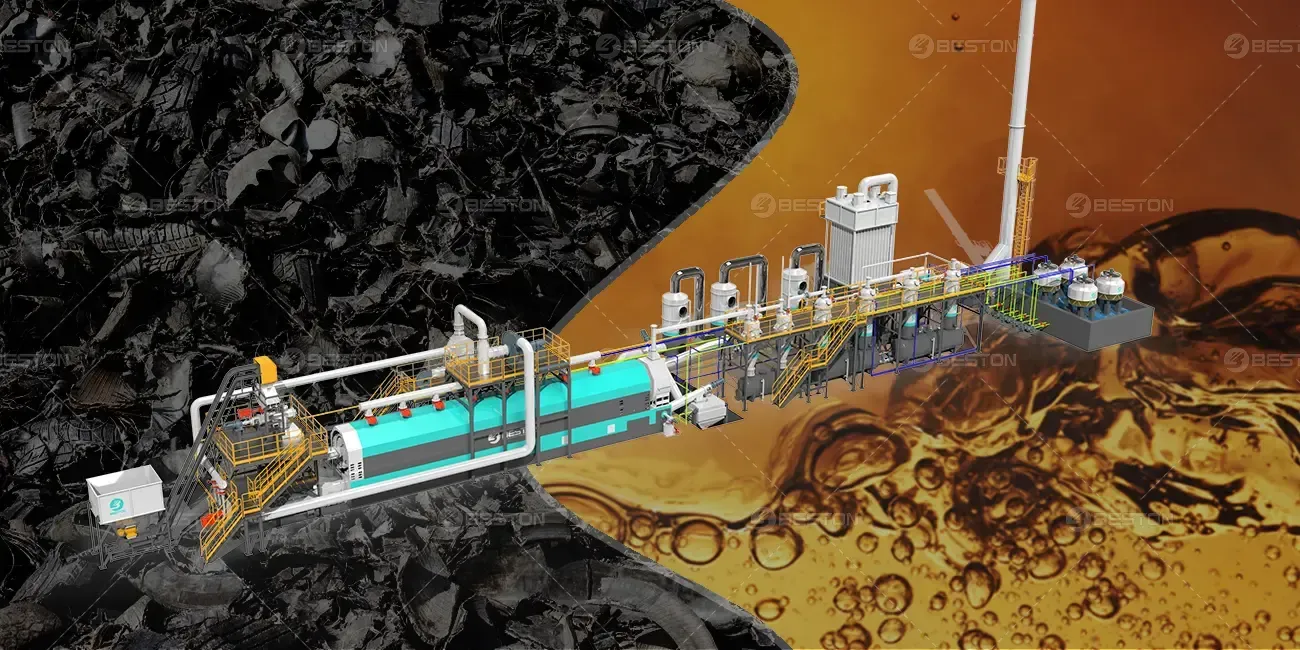Maximizing Profitability Through Continuous Pyrolysis Technology

In the landscape of waste-to-energy infrastructure, continuous pyrolysis plant has emerged as a financially viable and operationally stable solution for high-volume material conversion. Its ability to process large quantities of feedstock around the clock with minimal human intervention directly contributes to an enhanced return on investment (ROI). Investors and facility operators increasingly favor this technology for both its economic scalability and long-term asset value.
Industrial Throughput Drives Revenue
Continuous pyrolysis plant is engineered for sustained operation, with input and output flows integrated into an automated loop. Unlike batch configurations, which require intermittent shutdowns for material loading and unloading, continuous systems function without interruption. This design ensures higher annual throughput—an essential factor in revenue generation.
The volume of processed waste directly correlates with the quantity of recoverable outputs: fuel oil, carbon black, and non-condensable gas. The uninterrupted flow enables operators to meet industrial-scale demand, securing long-term offtake agreements with fuel buyers, asphalt manufacturers, and chemical recyclers. Over a standard fiscal period, continuous operation can amplify output by 30–50% compared to batch processes of equivalent size.
Product Diversification and Market Demand
The economic yield of a continuous pyrolysis plant is not confined to a single revenue stream. The primary product—pyrolytic oil—can be sold as an industrial fuel or further refined into diesel-like fractions. Carbon black, when processed through grinding and pelletizing units, becomes a high-margin material for pigment, rubber compounding, or insulating filler.
Additionally, the combustible syngas produced during the process can be recirculated as an internal heat source, significantly reducing fuel expenditure. When integrated with a gas purification system, this by-product can also be upgraded to meet the standards of commercial heating applications. Monetizing all outputs—solid, liquid, and gaseous—optimizes economic performance and reduces waste.
Lower Operating Costs per Metric Ton
In continuous systems, energy efficiency and automation reduce the cost per ton of processed material. The self-feeding mechanism, waste heat recovery modules, and real-time temperature control reduce both labor and utility costs. Over time, these savings create a compounding effect that elevates ROI.
A facility processing 20–30 tons per day may see a significant reduction in unitary energy consumption (kWh/ton) compared to intermittent systems. Moreover, the modular design of many continuous pyrolysis units allows for process scale-up without a proportional rise in staffing, maintenance frequency, or footprint.
Asset Longevity and Reduced Downtime
Downtime translates directly to lost revenue. The robust architecture of a continuous pyrolysis plant is designed to minimize mechanical interruptions. Equipped with automated lubrication systems, pressure sensors, and inert gas sealing, the reactor and condenser units offer extended lifespans under high-temperature, corrosive conditions.
With proper commissioning and scheduled maintenance, continuous plants can run 330–350 days annually. This operational uptime is a critical contributor to capital expenditure recovery, often reducing the payback period to under 2.5 years in favorable market conditions.
Favorable Policy and Environmental Incentives
Growing regulatory emphasis on waste valorization, circular economy mandates, and emission reduction targets provide additional ROI levers. Facilities processing municipal solid waste, plastic, or tire scrap may qualify for tax incentives, carbon credits, or renewable energy subsidies in many jurisdictions.
Furthermore, by diverting materials from landfills and reducing reliance on fossil-derived fuels, continuous pyrolysis operations align with ESG (Environmental, Social, Governance) benchmarks—an increasingly important factor in attracting institutional capital and impact-driven investment.
Strategic Location and Feedstock Access
ROI is significantly influenced by feedstock availability and logistics. Continuous pyrolysis plants are ideally located near urban waste hubs, industrial zones, or port facilities. Reduced inbound material transportation costs and proximity to fuel buyers improve net profit margins.
Feedstock contracts with municipalities or tire recycling centers ensure a consistent input stream. Long-term agreements at favorable rates stabilize input costs, insulating the operation from market volatility and enhancing financial predictability.



